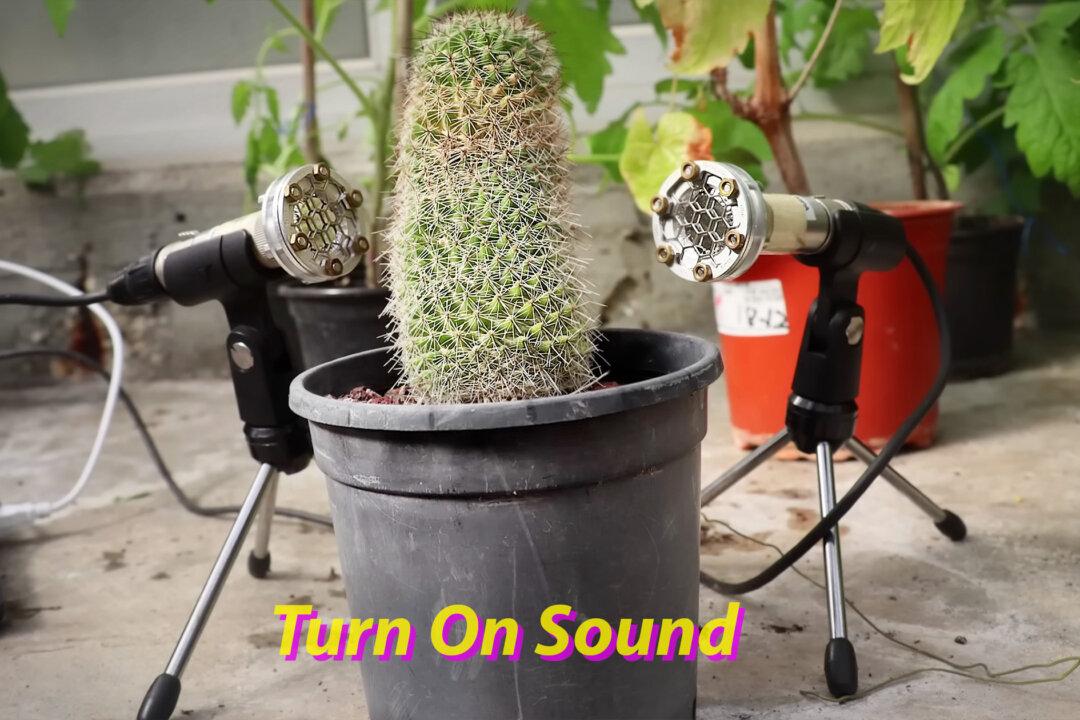Old Hans Halbig always sang to the tomato plants in his greenhouse. The 85-year-old Calgarian green thumb (my neighbor) had an inkling that singing helped them grow. What Hans might not have known was that his plants were probably making sounds back to him.
Evidence attests to the former prospect—human singing releases plant-friendly CO2 while emitting vibrations that stimulate plant growth, for example. But new research now vouches for the latter, that plants emit sounds, and those sounds carry information about the plant’s condition.







